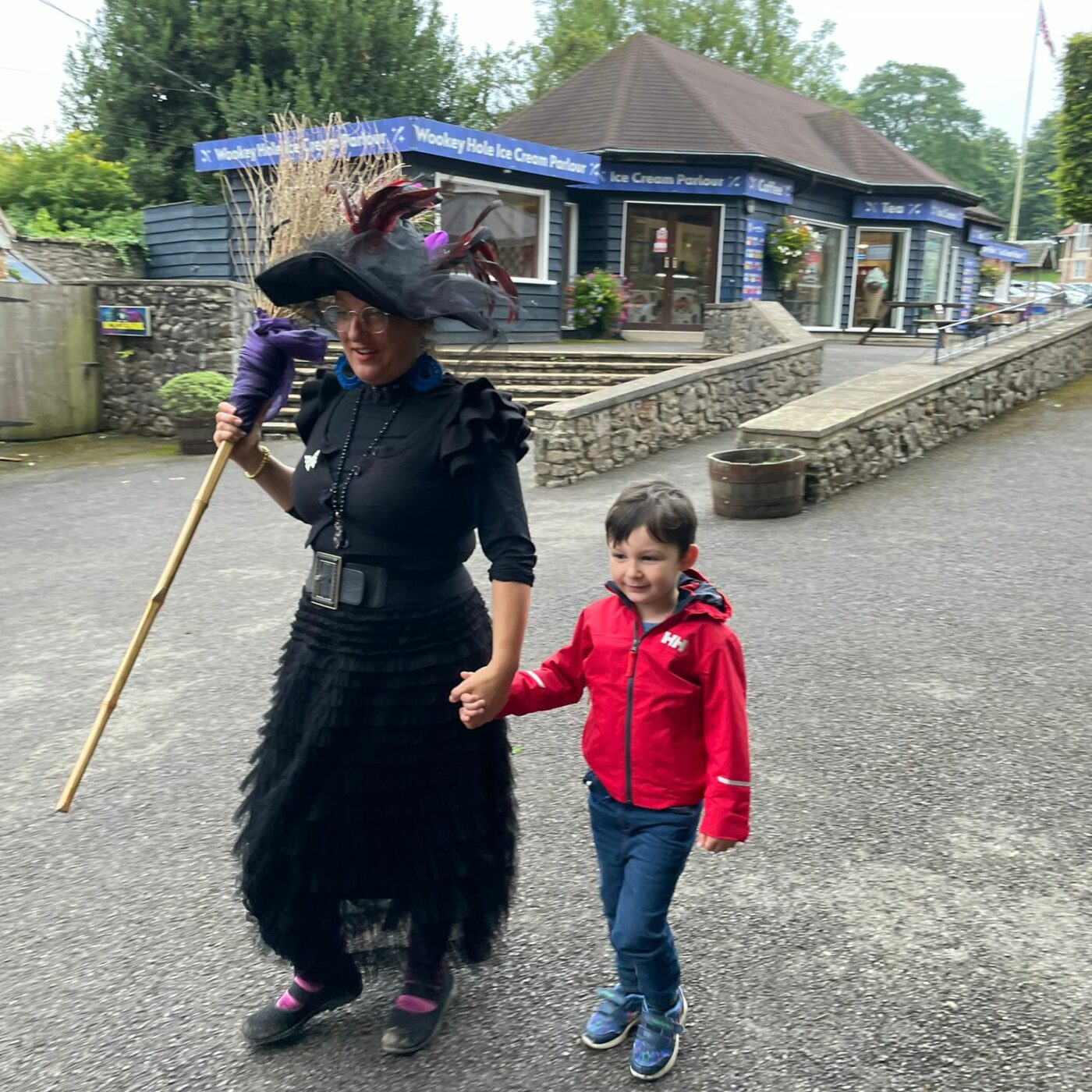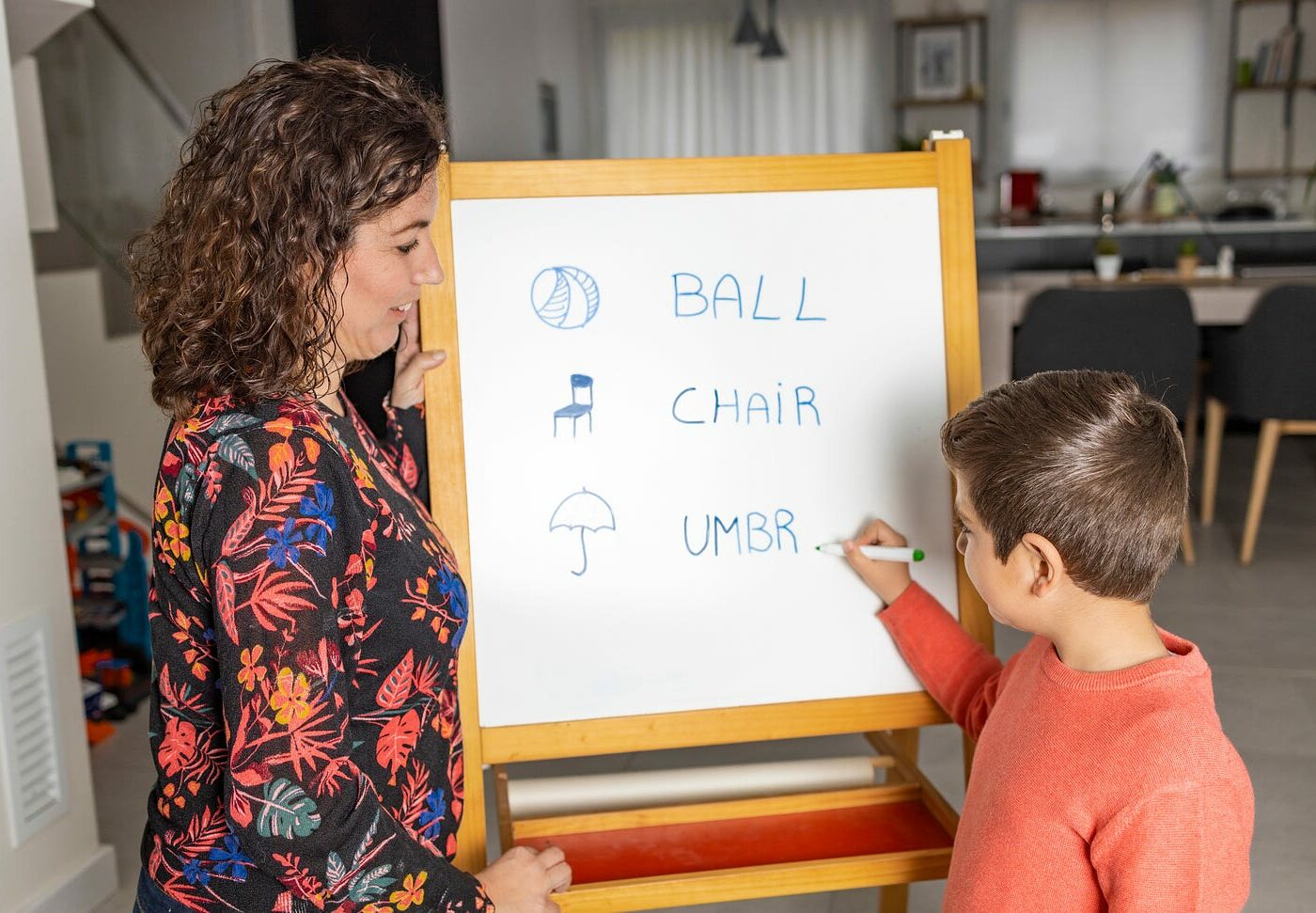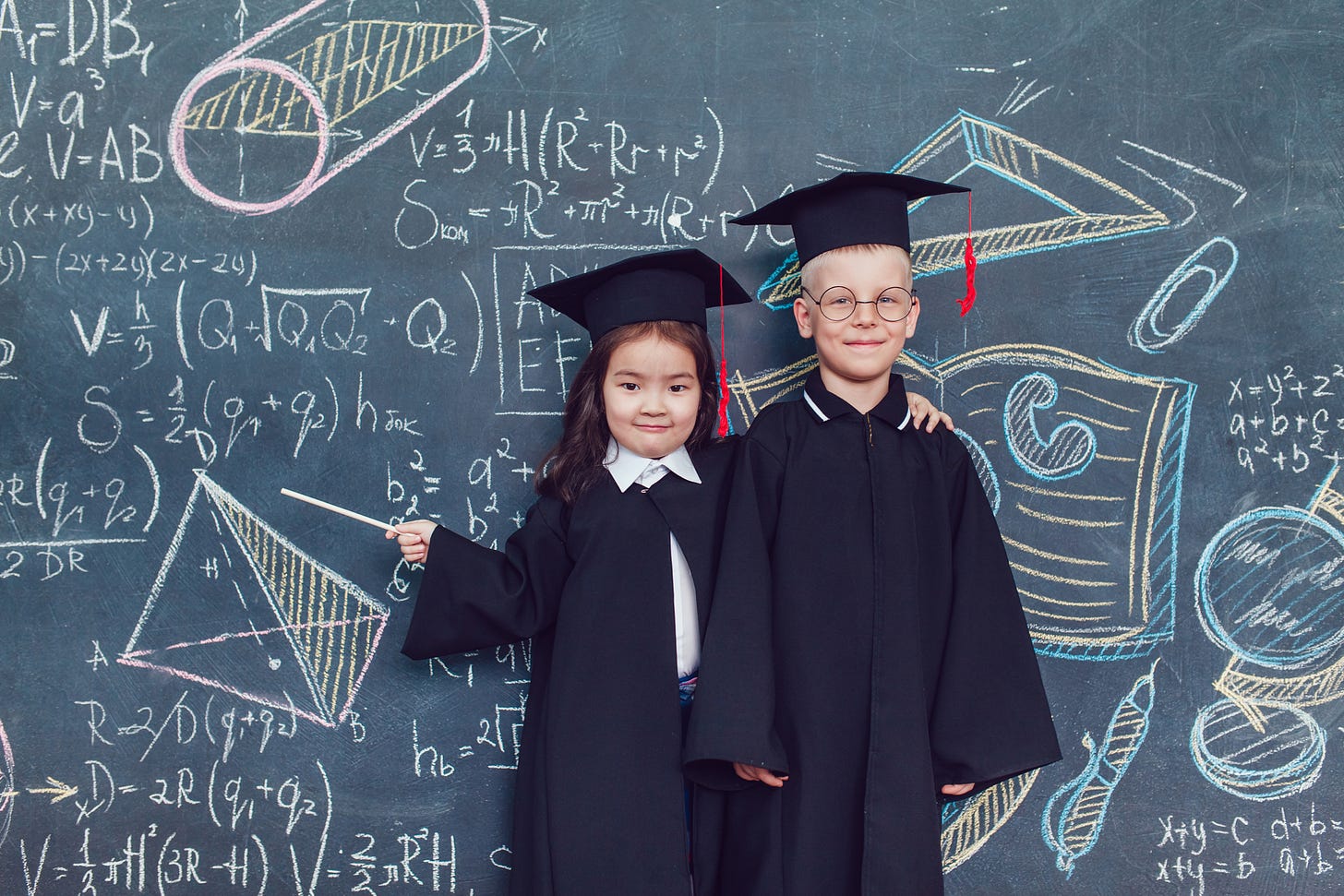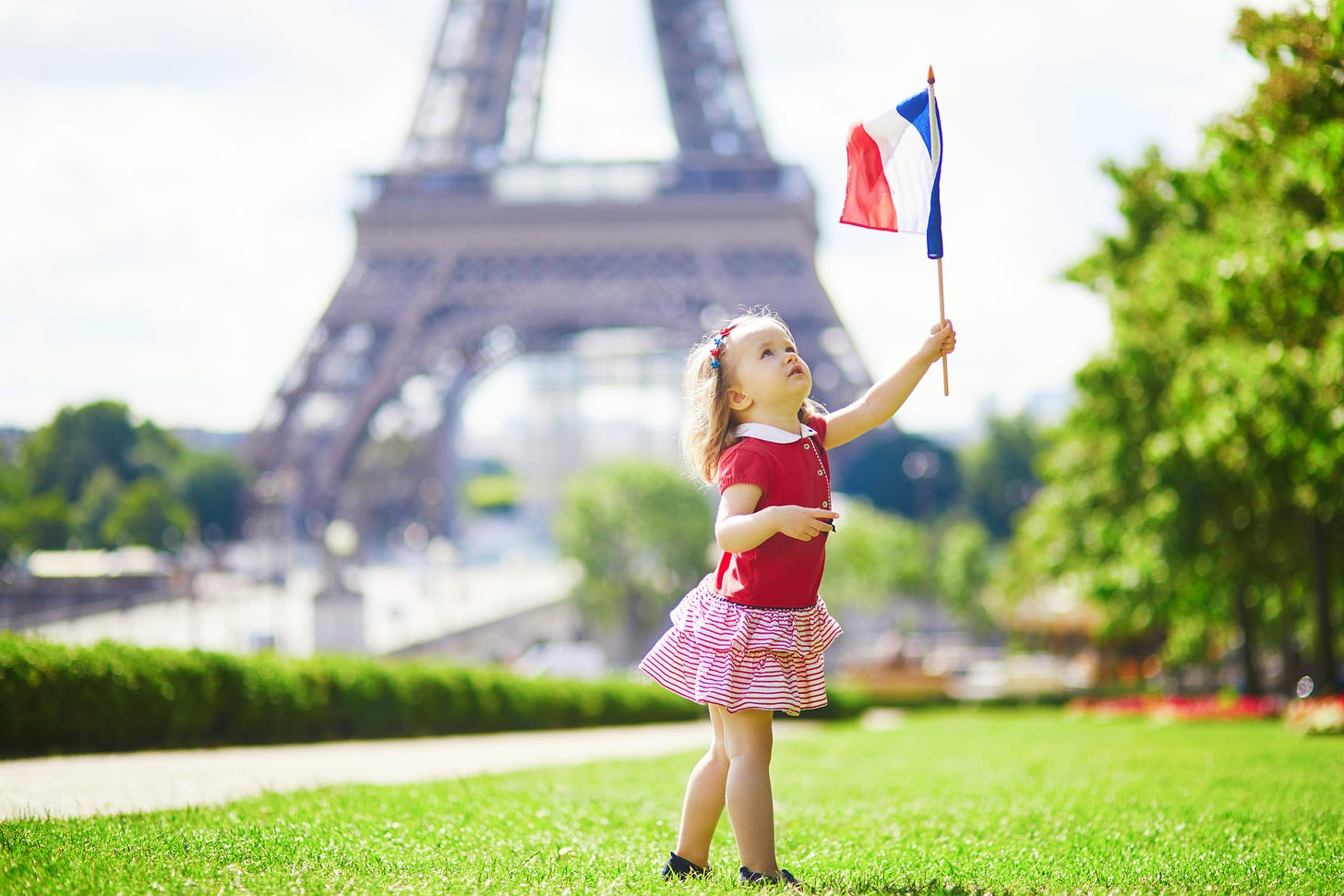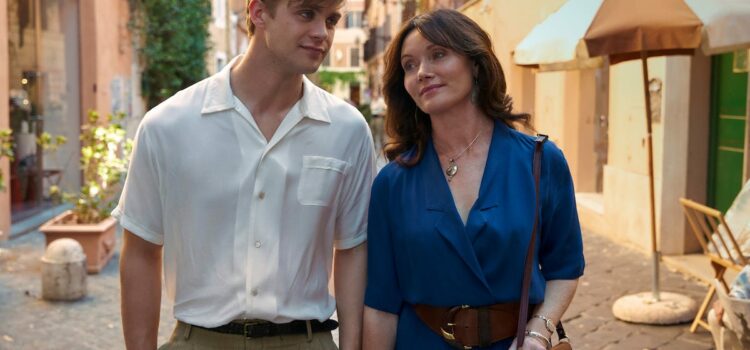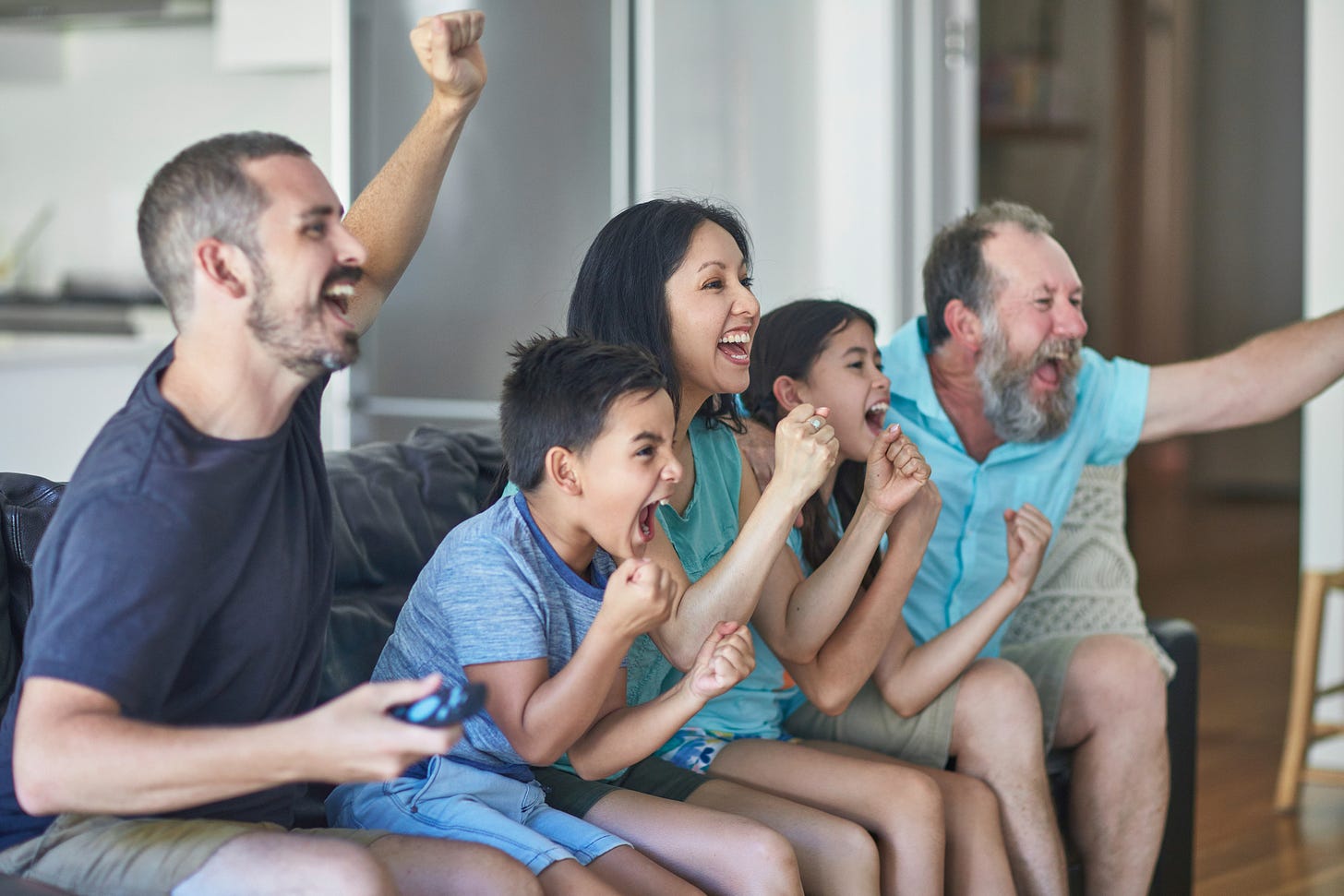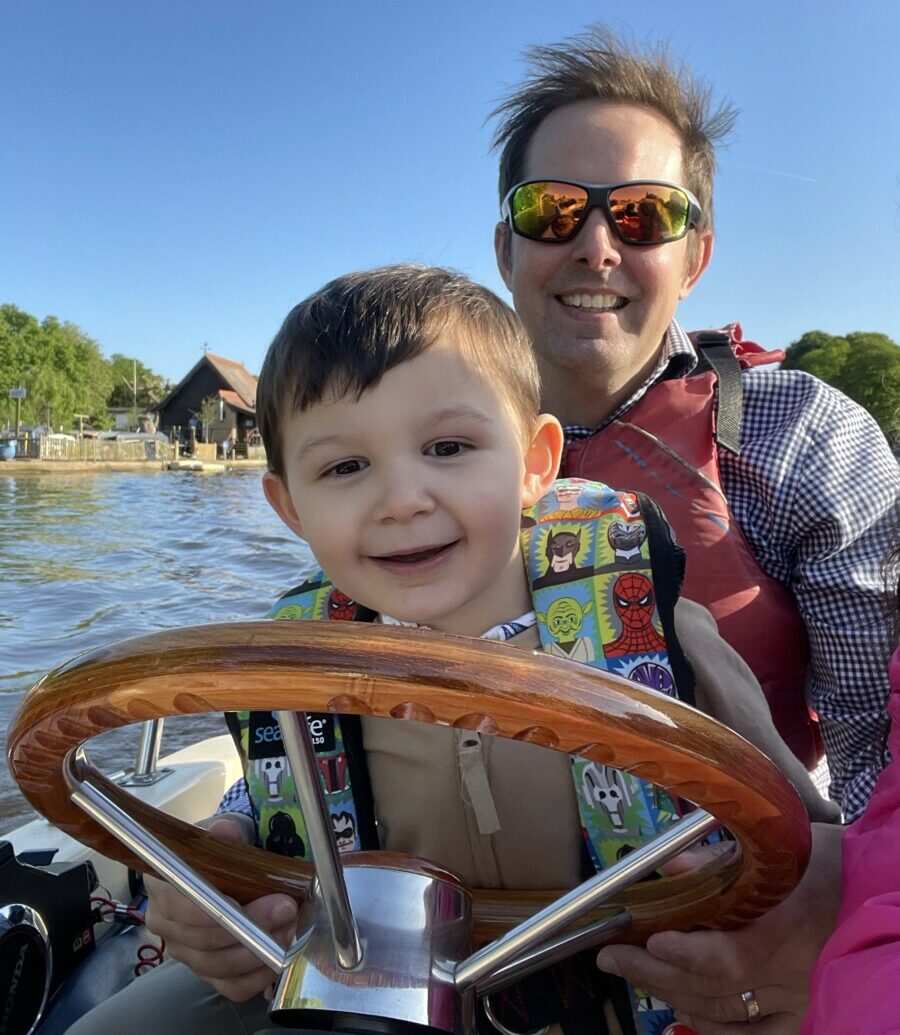Mastering the Day: A Guide for Parents and Kids to Build Brilliance Through Daily Routines
Have you ever found yourself in the morning rush, trying to get everyone ready and out the door, only to feel like the day is already slipping away? Imagine transforming that chaos into a seamless routine that not only sets your child up for success but also brings balance and growth into their daily life. It might sound ambitious, but with a few simple steps and powerful principles, you and your child can create a routine that cultivates confidence, resilience, and focus. Let’s explore how parents and children can craft days filled with learning, joy, and growth.
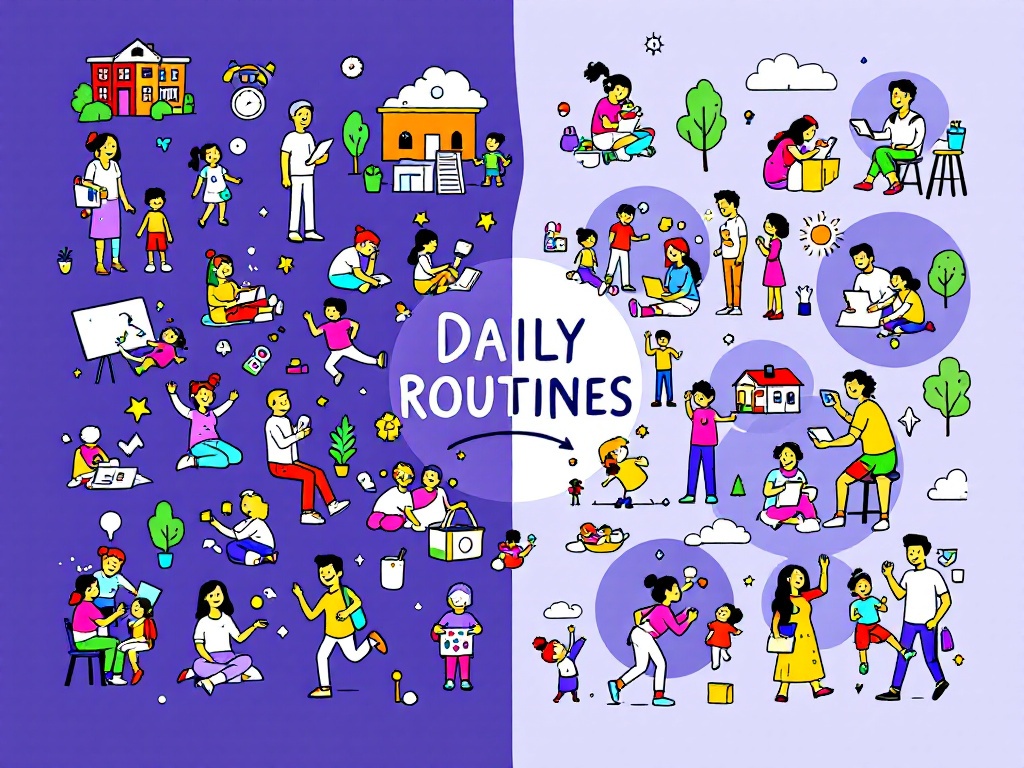
The Power of Routine: Why It Matters for Kids
At the heart of a brilliant life lies a solid structure. Routines are grounding because they reduce uncertainty and build confidence. When a child knows what to expect, they feel secure, allowing them to channel their energy into learning and creativity. Kids, just like adults, thrive on small wins and a sense of accomplishment. Creating a daily system for your child doesn’t mean filling every minute with chores or tasks—it means finding balance. The best routines are supportive, not rigid, and allow for flexibility while keeping kids on track.
Start with the End in Mind: Planning the Perfect Nighttime Routine
If there’s one thing we know about high achievers, it’s that they don’t just master their mornings—they master their nights. An effective day often begins with a good night’s sleep and a peaceful wind-down routine.
Tips for a Child-Friendly Nighttime Routine:
- Reflect and Relax: Encourage your child to spend a few quiet minutes thinking about their day. They could share their favourite moment, something they learned, or something they’re grateful for. This cultivates mindfulness and a positive outlook before bed.
- Set Intentions for Tomorrow: Ask your child to think of one thing they’d like to accomplish the next day. This could be as simple as learning something new in class or helping out at home. It helps them go to bed with a small purpose in mind, boosting their confidence for the next day.
- Establish a Calming Activity: Whether it’s reading a book, listening to calming music, or doing some light stretches, creating a calming activity can ease kids into a restful night’s sleep.
Morning Momentum: Small Wins for Big Confidence
There’s real power in starting the day with intention. Small accomplishments build confidence and get children ready for whatever comes their way. One small win in the morning can set the tone for the entire day.

Morning Routine Ideas to Try:
- Make the Bed Together: Even if it’s just a quick tidy, a made bed signals a fresh start and a simple accomplishment.
- Move the Body: Encourage a quick burst of movement, like stretching, jumping jacks, or even a short dance party. Physical activity wakes up the body and mind, preparing kids to learn and focus.
- Visualise the Day: Invite your child to imagine a positive outcome for the day ahead. Visualizing success (like acing a quiz or making a new friend) gives kids an optimistic and goal-oriented mindset.
Building Balance: Break the Day into Sections
Kids often struggle with time management, but by breaking the day into chunks, you can help them approach it with clarity and purpose. Talk with your child about dividing their day into meaningful parts: time for learning, play, meals, and rest.
Consider these day sections:
- Before School/First Tasks: Help them start on a positive note with their morning wins.
- School & Learning Time: Encourage them to engage fully and enjoy the process, with curiosity as their guide.
- Breaks & Playtime: Let them know the value of unwinding and the power of play to boost creativity.
- Afternoon Focus/Tasks: After school, let them wind down and focus on something they care about, like reading, drawing, or a hobby.
- Evening Wind-Down: Reinforce a sense of closure on the day with the nighttime routine.

Case Study: The Johnson Family’s Transformation
The Johnson family was struggling with chaotic mornings and restless nights. By implementing a structured routine, they noticed significant improvements. Their daughter, Leah, became more focused in school and enjoyed her evenings more, leading to better sleep and a happier household. The family’s newfound balance also allowed them to spend quality time together, strengthening their bond. This is what brilliance can look like, it is often quite simple things done consistently that improves daily life.
Long-Term Goals vs. Daily Systems: A Lesson in Balance
As your child grows, they’ll benefit from learning the difference between goals and systems. Goals give them direction—something to aspire to over time. Systems, on the other hand, are their daily actions and habits that, when followed, make achieving goals easier and less daunting.
For example:
- Goal: “I want to improve in math by the end of the school year.”
- System: “Every day, I’ll spend 15 minutes reviewing a few problems I learned in class.”
By focusing on the system rather than the goal, they build a routine that keeps them engaged, without feeling overwhelmed by the end result. This way, your child learns that progress is made by showing up consistently.
Managing “Time Vampires”: Teaching Kids to Set Boundaries
It’s all too easy for kids (and adults) to have their time consumed by distractions like social media or endless screen time. You can help children set boundaries with a little guidance.
Here’s how:
- Designate Screen-Free Times: Encourage periods in the day for screen-free activities. Emphasise the value of face-to-face interactions, creative play, and time outdoors.
- Model Healthy Boundaries: Show them that saying “no” to unnecessary distractions allows them to say “yes” to what truly matters. You can model this by focusing on a hobby, spending time with family, or setting aside your own phone when you’re with them.

The Joy of Themes: Bringing Structure with Flexibility
One way to make routines engaging is to theme certain days. This isn’t about rigid scheduling—it’s about adding some variety to the week and bringing purpose to each day.
Here are a few ideas for themed days:
- Mastery Monday: Explore a new hobby or skill together, like cooking, crafting, or a fun science experiment.
- Tech-Free Tuesday: Dedicate the day to off-screen activities like reading, board games, or family walks.
- Wellness Wednesday: Focus on well-being with activities like meditation, a family yoga session, or preparing a healthy meal together.
- Fun Friday: Celebrate the end of the week with a family movie, game night, or a creative project.
Themes offer a refreshing approach to routine and help children look forward to each day with excitement.
Making Time for Hobbies: Encouraging Curiosity and Creativity
Hobbies play a big role in a child’s development. They nurture creativity, perseverance, and self-expression. Start by asking your child what they’re curious about—no wrong answers. Help them explore different activities and remind them they don’t have to be “great” at something to enjoy it.

Supporting Hobbies with Boundaries: If your child feels overloaded, remind them they can say “no” to some activities. Let them know that their time and energy are valuable, and they have the right to choose how to spend it.
Batching Tasks: The Secret to Focused Time
Teach your child the value of batching by grouping similar tasks together. For example, instead of constantly checking for new messages or homework updates, help them designate specific times for these tasks. This practice improves focus and frees up more time for meaningful work or play.
Ideas for Kid-Friendly Batching:
- Homework Time: Create a set time for homework, where all assignments are completed in one go.
- Playtime: Let them know that after focused work time, they can have uninterrupted play or social time.
The Art of Balance
Mastering the day is about balancing structure and spontaneity, goals and daily habits. Each small step toward consistency builds confidence and sets the foundation for a brilliant future.
With thoughtful routines and a sense of purpose, you’re not just creating brilliant kids; you’re guiding them toward becoming well-rounded adults. To further support your journey, consider coaching with Sloan on one of her tailored coaching programs that can help you and your child thrive.
-
Solve It In 60From confusion to clarity in just one structured call
-
£175
-
> 10 Years Coaching Experience
-
Multi Decision
-
60-Minute Call Duration
-
Situation Statement
-
Follow Up Email
-
Suggested Answer
-
Goal GettersStay on track for long-term success
-
£297/month
-
> 6 Years Coaching Experience
-
1-Hour Coaching Call Every Month
-
60 Days Coaching Duration
-
3 Touchpoints Per Week
-
Online Coaching Feed
-
Free Online Course & Metrics
-
Quick DiveMove forward with purpose
-
From £80
-
7 days of online coaching feed
-
20 minutes of live calls included
-
Up to 5 touchpoints
-
£80 with Associate Coach
-
£125 with Senior Coach
-
£215 with Head Coach
-
Deep DiveMaster the art of getting things done
-
From £125
-
14 days of online coaching feed
-
30 minutes of live calls included
-
Up to 10 touchpoints
-
£125 with Associate Coach
-
£170 with Senior Coach
-
£260 with Head Coach



























